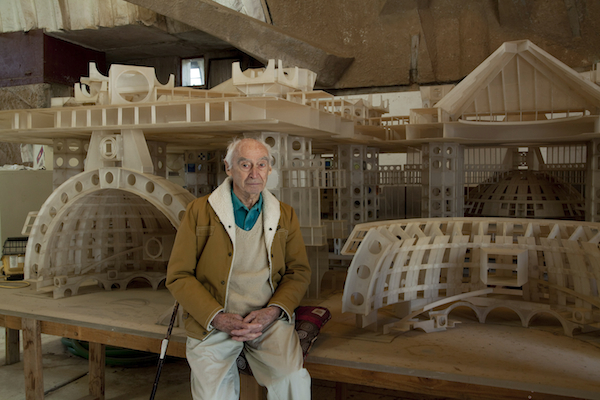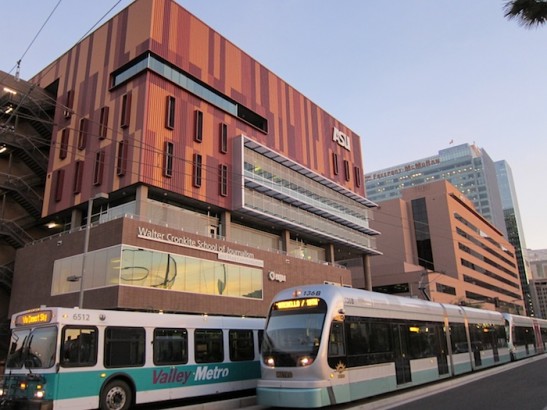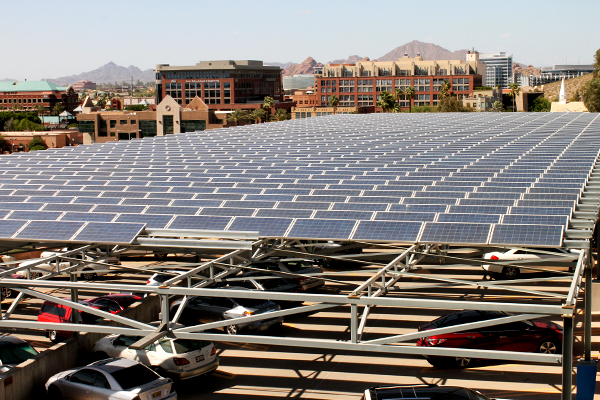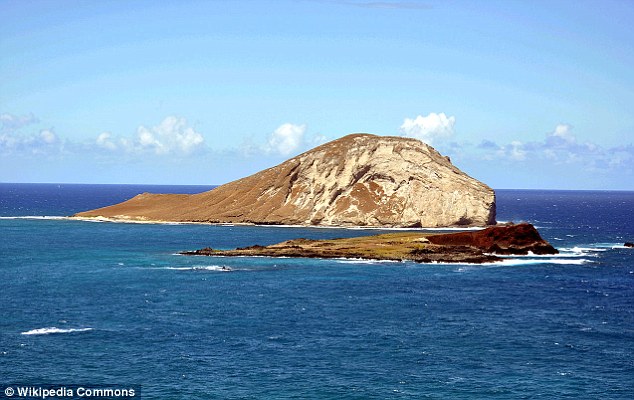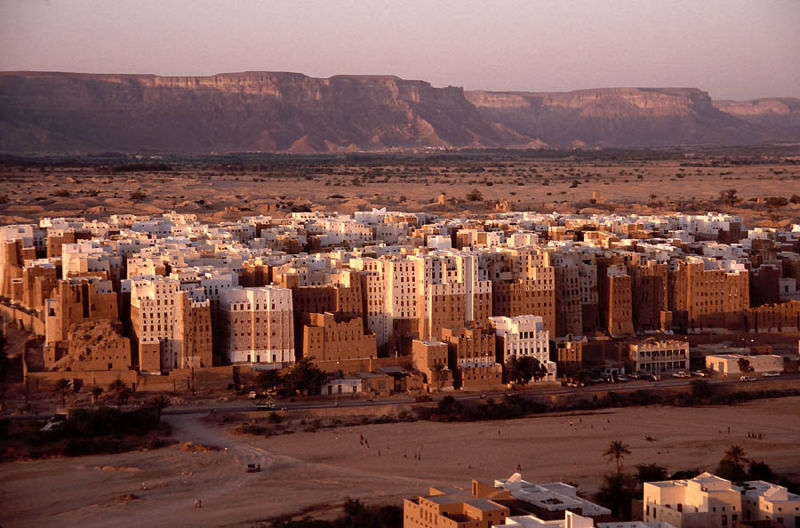Be part of the conversation: azarchitecture/Jarson & Jarson Architecture blog covers architecture and civic topics that comment on what’s happening in the Valley’s diverse design community. Here’s what’s happening now:
 in <b>/var/www/vhosts/psstudiosdev.com/httpdocs/azarchitecture/wp-content/themes/azarchitecture/single-post.php</b> on line <b>31</b><br />
https://azarchitecture.psstudiosdev.com/wp-content/uploads/2014/04/AZA_Blog_desert_city_II_01.jpg)
Defining the Great Desert City Part Two of Four
Recently Scott Jarson was asked to present as part of his involvement with the AIA Phoenix Metro Advisory Council, on exploring the concept of what makes up a great desert city. This week, azarchitecture will post a full version of this presentation as a four part series. Here’s Part Two.
Let’s challenge the norm and consider some ideas, concepts and consider new definitions: Here’s what I feel defines a Great Desert City:
Desert Cities must share resources: An easy example? The Canals are shared. Look to our historic past, at least the elite desert dwellers shared resources. Maybe the ruins of Pueblo Grande reflect the Hohokam equivalent of a gated community, but at least it was enjoyed to some degree communally. How else can you inhabit a climate such as ours in large numbers?
Who else considered this concept in depth? Let’s remember Paolo Soleri. He thought and planned deeply about how to live in the desert. His concepts were not for everyone, but again, with density comes the ability to share. “Core Urbanism” saves the desert for all of us to enjoy. This is one overlying message from Soleri that should resonate today.
Imagine when viewing any of the large design models of Arcosanti is the new Phoenix Velodrome (or insert any use that excites you here): One giant chiller for this massive space could connect to dozens and dozens of buildings within this core (we have done it already, look no further that the Chase Field Chiller). We need much, much more of this thinking…even if it’s conceptual. If we talk about it, someone might actually do it. It’s up to us as a community to promote it.
Desert Cities must be more connective than other areas: The traditional road-way has to be supplemented. If we add density to the core, then the core becomes a more walkable place. However supplemented, we must keep this in mind as we think about the future. Further, transportation must become diverse. We won’t all bike; definitely not all summer, and light rail is fixed in position. We should consider a new paradigm for bus (such as light electric vehicles on tires) and should leave all options open. We need to keep imagining all possibilities to connect at least the Urban Core without single use ridership cars. Our climate and resources cannot sustainable promote the automobile as part of our City Planning.
Desert Cities must acknowledge the climate: Air-conditioning rules the world but we need to create natural environments that allow us a respite form the indoors! Arcadia anyone? Highest average price per square foot than any other area in Phoenix. It even briefly lead the Town of Paradise Valley in values. Why? it’s cooler! It has shade, it’s walkable and bike-able. They way this area retains its outdoor connection may be water intensive and anachronistic, but the point is that all of this adds value and desirability.
Desert Cities must run on the sun: It’s frankly obscene given the relatively obtainable cost of PV panels that each and every building in our area does not have SOME level of solar generation.
Germany leads the world in solar generation. Are you kidding me? Germany has less solar generating output potential than most of Alaska. Alaska! Why not make THAT a signature moment for US here in the Valley? See below…
Desert Cities should be self sufficient: Again, The Island. We need to promote locally produced materials. And locally appropriate materials. We need to start closing the loop on water and we need to design and act as if everything we use on our island costs 25% more. Because someday soon it will. And frankly already does, just at the back end not at the acquisition. Inappropriate materials do come at a cost.
Lastly: A Desert City should look like one. It’s well past time that we begin to reassert our own unique regionalism. We have the talent, and we have frankly a strong visual basis. We can and should create a strong “brand” in our Valley concerning Architecture and design. Whatever we decide we want to look like, we need to walk this path.
Consider this: When I say “The West’s most Western town” or “Santa Fe New Mexico, Santa Barbara California,you know what to expect of the place visually. Sadly an adaptation of regional “style” works! On some level these approaches looked liked they had some connection to the place and the history. I’m not advocating a stylistic overlay and approach, but why should Palm Springs retain a Modern moniker and we don’t? We are a modern place. That IS our history. We should embrace it.

